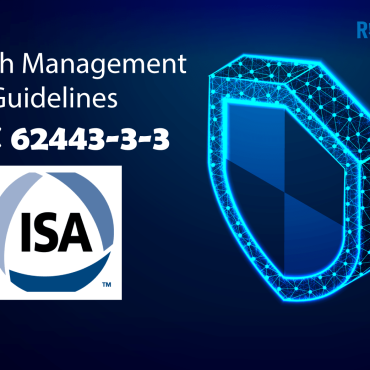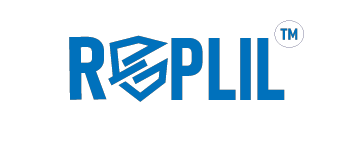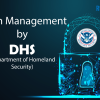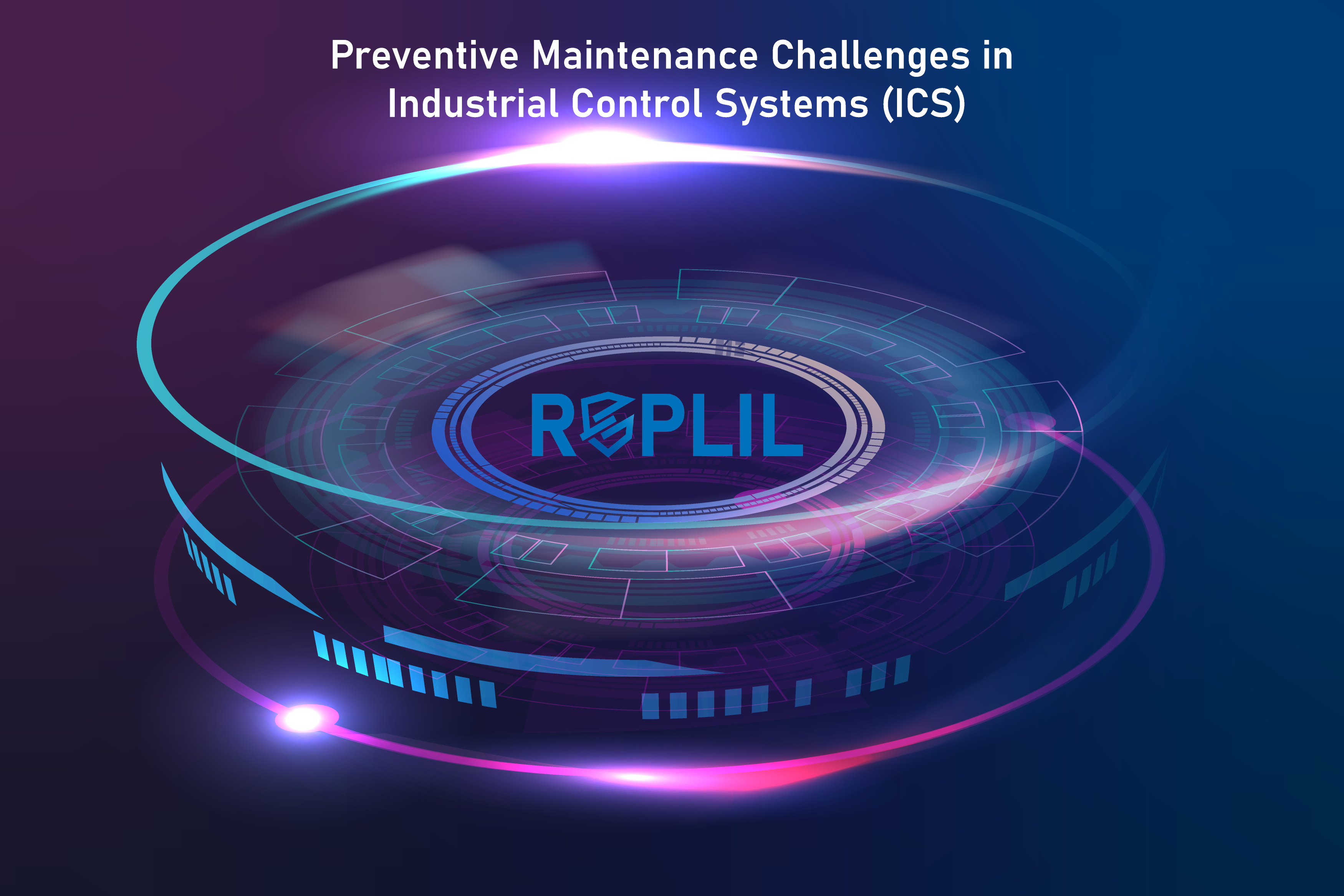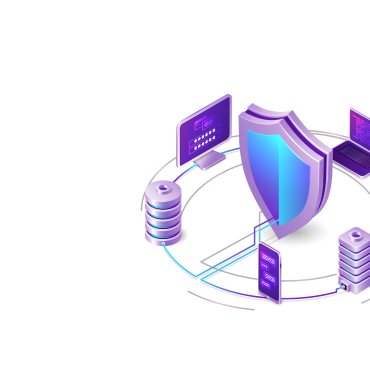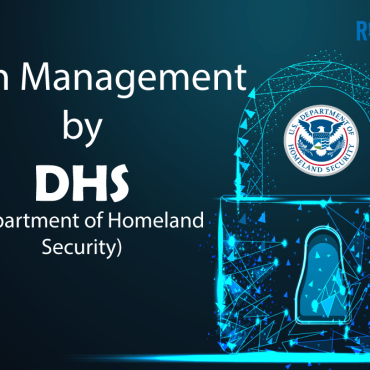Industrial asset visibility provides actionable information about Industrial Control System assets to security operators so that they can use the information to secure the operational environment.
Importance of Preventive Maintenance in ICS
The Industrial Internet of Things (IIoT), combined with other technological advancements, does have a significant impact on how manufacturing facilities operate. While these advancements have transformed ICS networks, optimized productivity and efficiency, and increased usability, they have also led to the proliferation of several security issues in the Industrial Control Systems.
The issues raised due to the increase in technology demand preventive maintenance that not only assesses the condition of equipment but also looks for vulnerabilities in this equipment and systems. Companies in the industrial sector that are aware of the downtime and costs resulting from unexpected equipment failures and increased compliance and inspection issues are adopting preventive maintenance plans to secure their systems.
Preventive maintenance in Industrial Control Systems has become critical to maintaining optimal functionality of your control systems in real-time as well as patching vulnerabilities and preventing deterioration and failure in the future.
What are the Challenges for Preventive Maintenance in ICS?
The main idea behind executing regular maintenance of your Industrial Control Systems is to keep them working at optimal efficiency as well as prevent any problems that might occur in the future. However, it is not as easy as it may sound. Preventive Maintenance does bring several challenges with itself. In this section, we will address those challenges and how you can overcome them while maintaining the performance and efficiency of your industrial Control Systems.
What is Patch Management?
Before we discuss the challenges in ICS patch management, let’s briefly introduce patch management and talk about the importance of patch management in ICS.
The increase in the cyber threat landscape in ICS demands a greater level of detection and evaluation of cyber threats before they evolve into security incidents. In this regard, patch management plays a vital role in IT security. It is a robust and proactive process in IT security that helps eliminate cyber risk by addressing vulnerabilities and patching systems. If done correctly, it can enhance security and compliance, ensure up-to-date OT systems, and improve features.
Importance of Patch Management in ICS
An effective patch management program in ICS is necessary for the safe procurement, deployment, testing, and integration of verified patches to keep Industrial Control Systems secure. It ensures the security of ICS against hackers and malicious threat actors. It becomes challenging to address critical security vulnerabilities in OS-based devices within the ICS environment. Therefore, patch management is needed to address these security vulnerabilities and fix security flaws in the ICS network.
Challenges in ICS Patch Management
The implementation of security patches in ICS environments is a way to mitigate risk and address vulnerabilities. However, patch management in complex ICS environments demands a proactive approach to support the needs of these systems. Hence, it becomes challenging for Industrial Control systems to implement patches effectively. Some of the challenges in ICS patch management are discussed below.
- Patch Acquisition: Patch acquisition becomes a challenge when assets, segmented from the internet, are added. Automated tools are insufficient to simplify the downloading and acquisition of patches from ICS vendors. There might be a need for individual manual downloads, which can often increase cyber risk. How do you know if those patches are from a legitimate vendor? How do you ensure the authenticity of those patches? Those responsible for patching systems and equipment in ICS environments have to overcome these challenges.
REPLIL Patch Acquisition Service (PAS), helps the customers to reduce the efforts consumed for repetitive tasks in the plant sides. REPLIL PAS team continuously keeps track of the latest patches released by different automation vendors and updates within 24 hours of the new patch being released.
REPLIL Industrial Patch Manager (IPM) highlights the latest patches the moment its available for the customer.
- Patch deployment: On the other hand, patch deployment presents another challenge to the ones deploying it. Many existing patch deployment automation tools are more focused on traditional IT-style technology, comprising entirely of IT assets. As a matter of fact, the same tools may prove to be too complex in ICS environments. Moreover, extensive capabilities in enterprise solutions may hinder patching purpose-built embedded and industrial equipment and systems. Industrial Patch Management Solutions are the ultimate tool.
REPLIL Industrial Patch Manager (IPM) provides all the tools required for an industrial patch to be deployed. Validated patches are displayed in an easy to select dashboards and can be deployed or distributed to multiple sites with a single click. Fully agentless deployment allows working with various automation systems.
- Lack of Centralized Dashboard: A centralized dashboard provides an overview of the complete industrial patch status, including the missing patches, a risk score of vulnerabilities, and much more. Also, it provides enhanced reporting capabilities as well as information regarding the integration of patches. The lack of a centralized dashboard can lead to weak patch management and invisibility in the ICS threat landscape.
- Update Identification: Another challenge faced by ICS organizations is updated identification. Most of the vendors have created processes to notify customers whenever a patch is available. However, few of them don’t have adequate processes to notify, and they have put the responsibility onto the customers to check websites for available updates, making it challenging and time-consuming for them.
- Update Validation: Updates must be validated before patch deployment because not all updates are required. While patching enables mitigating security vulnerabilities, some updates can disrupt system operations by breaking down critical services and reducing system efficiency and performance.
REPLIL Industrial Patch Manager (IPM) provides a centralized patch identification and validation dashboards for all the major automation vendors. Assess, manage or deploy the validated patches to the critical systems.
Industrial Asset Visibility
Importance of Industrial Visibility
Organizations can’t secure industrial assets if they are unaware of their existence. Asset visibility begins with building an inventory of all devices connected to the ICS environment. Having industrial asset visibility is essential for their digital security as it enables security personnel to evaluate connected assets’ configuration and manage and address vulnerabilities and unapproved devices
Challenges in Industrial Asset Visibility
Understanding the equipment operating in an ICS environment is critical for the success of ICS security. Unsurprisingly, the complexity of these environments increases over time, inventories change, systems shift out of compliance, technologies age, new vulnerabilities get discovered, and it becomes challenging to have full visibility into the ICS environment to secure it properly.
While asset visibility is essential in an ICS environment, achieving it is harder than it may look. In a recent survey by Tripwire, 52% of respondents said that their industrial organizations track a majority of their assets in an asset inventory. The remaining weren’t sure about it.
The major challenge in industrial asset visibility is the lack of automatic asset vision. Automated asset visibility is critical for getting complete insights into the ICS environment and deep visibility into assets wherever they reside. Also, this provides continuous and automatic updates. However, a lack of automated asset visibility can hinder the ability of asset operators to get a clear picture of what is running in their ICS infrastructure.
Manual asset inventory becomes challenging in Industrial Control Systems due to the complex environments and IT infrastructure, thus reducing the ability to make better-informed decisions and secure the ICS environment.
Baseline Management
Baseline security management in Industrial Control Systems is defined as the management of minimum security controls needed for safeguarding the ICS environment based on its expected and identified needs for maintaining confidentiality, integrity, and availability of protection.
Importance of Baseline Management
Baseline management is all about watching the changes in your ICS environment. It allows security professionals to compare as things progress, including the implementation of patches and making configuration changes. Changes are easier to detect by comparing the current status of security against the baseline. Also, it is easier to identify hidden gaps that either become places for malware or other threats or support the system’s stability.
Challenges in Baseline Management
While baseline management is essential for maintaining initial security controls in ICS environments, central visibility of the cybersecurity baseline deployed in the plant sites remains a challenge for security professionals. This is due to the lack of deployment of automated systems in Industrial Control Systems. Traditional, manual methods of maintaining baseline security are insufficient to ensure effective baseline management.
Moreover, the deployment of baseline security without affecting the server availability and downtime while ensuring the baseline controls are implemented effectively is another significant challenge in baseline management for ICS. Also, diversity in network types and changes in architecture have also made it challenging for security professionals to get visibility into the cybersecurity baseline deployed in the plant sites.
How to Implement Preventive Maintenance in ICS Effectively?
Relying on a proactive approach for preventive maintenance can help you secure ICS environments and save a lot of money spent on reactive maintenance. Below are a few additional action steps that you can take to implement a successful preventive maintenance program.
Centralized AV Updates of Different Automation Vendors
Today, almost every industry relies on third-party vendors due to the increasing benefits and services they provide. However, relying entirely on them is not a good option, and sometimes malware through third-party patches can intrude on your ICS environments. The best possible way to protect your systems from different automation vendors is to have a centralized Antivirus program that regularly scans your system and updates released from third-party vendors for any malware. Centralized AV updates are crucial to combat new viruses and protect your systems against malware present in software updates released by different automation vendors.
REPLIL Industrial Patch Manager (IPM) offers tools to update tested AV updates released by automation vendors to be deployed on-site without the need to manually update the signature files of various automation vendors’ EPO servers.
Enable Cybersecurity Dynamic Signatures (IPS / IDS / EDR)
The use of cybersecurity solutions, including IPS, IDS, EDR, etc., can help maintain cybersecurity hygiene within an ICS environment. For example, an Intrusion Detection System (IDS) is a solution designed to generate an alert whenever a potential threat is detected.
Intrusion Prevention System (IPS), on the other hand, protects the system by taking action against anything that proves to be a threat to the protected system. Whereas Endpoint Detection and Response (EDR) continuously monitors endpoints and analyzes endpoint data analytics to protect endpoints from cyber threats.
These are a few examples of dynamic solutions that can aid in implementing preventive maintenance in your Industrial Control Systems.
Implement Centralized Industrial Patch Management
You can update OS and applications either manually or centrally with patch management software. Manual patch management is sufficient for managing a few computers. However, while managing multiple devices, keeping track of their patches becomes difficult. In this regard, centralized patch management helps monitor the patching status of your OT environment centrally and enables you to update all necessary patches of your system.
Off-site Backup and Central visibility of backup
Having an off-site backup enables you to have a copy of your business production systems data stored in a different location from where the original data is stored. It is a way of protecting data from potential disasters, including natural disasters, fires, etc., and cyber attacks. The main goal of off-site backup is to save the data in a secondary location so that if any disaster or data breach occurs within the organization, secondary backup is safe.
Industrial Control Systems must have an off-site data backup to ensure data protection in the case of a data breach. Also, central visibility into the off-site backup is necessary to have a clear picture of what type of data is stored and whether it is secure or not.
Health Status of Industrial Network
Invest in a solution to stay updated on the health status of ICS networks. Health check or health status provides visibility into the reliability of your network working and if your network components are configured optimally regarding security or not. On-going health checks or the health status of your industrial networks are crucial to take the next steps necessary to maintain cyber resiliency.
Remote Maintenance
Remote maintenance is an important aspect of modern ICS maintenance and support. It provides a solution to maintain ICS networks, devices, and systems without being near. It helps supervise and control computer networks from a remote location. Remote maintenance can significantly reduce downtime and provide enhanced security to the ICS environment, enabling maintenance and a proactive approach to cybersecurity. Reduced system downtime means better productivity and reduced costs.
Final Words!
Despite the challenges faced by Industrial Controls Systems in preventive maintenance, it has the ability to transform the way ICS works and manages its facilities and assets. If you address these challenges accurately, this can result in a robust and proactive approach to maintaining the security of the ICS environment.
Also, the deployment of AI and IoT technologies in systems and operations has significantly resulted in the continuous optimization of both activities and assets driving the industrial sector. It’s evident that using remote monitoring and analytical modeling can result in a net reduction in the number of resources used to conduct preventive maintenance.
